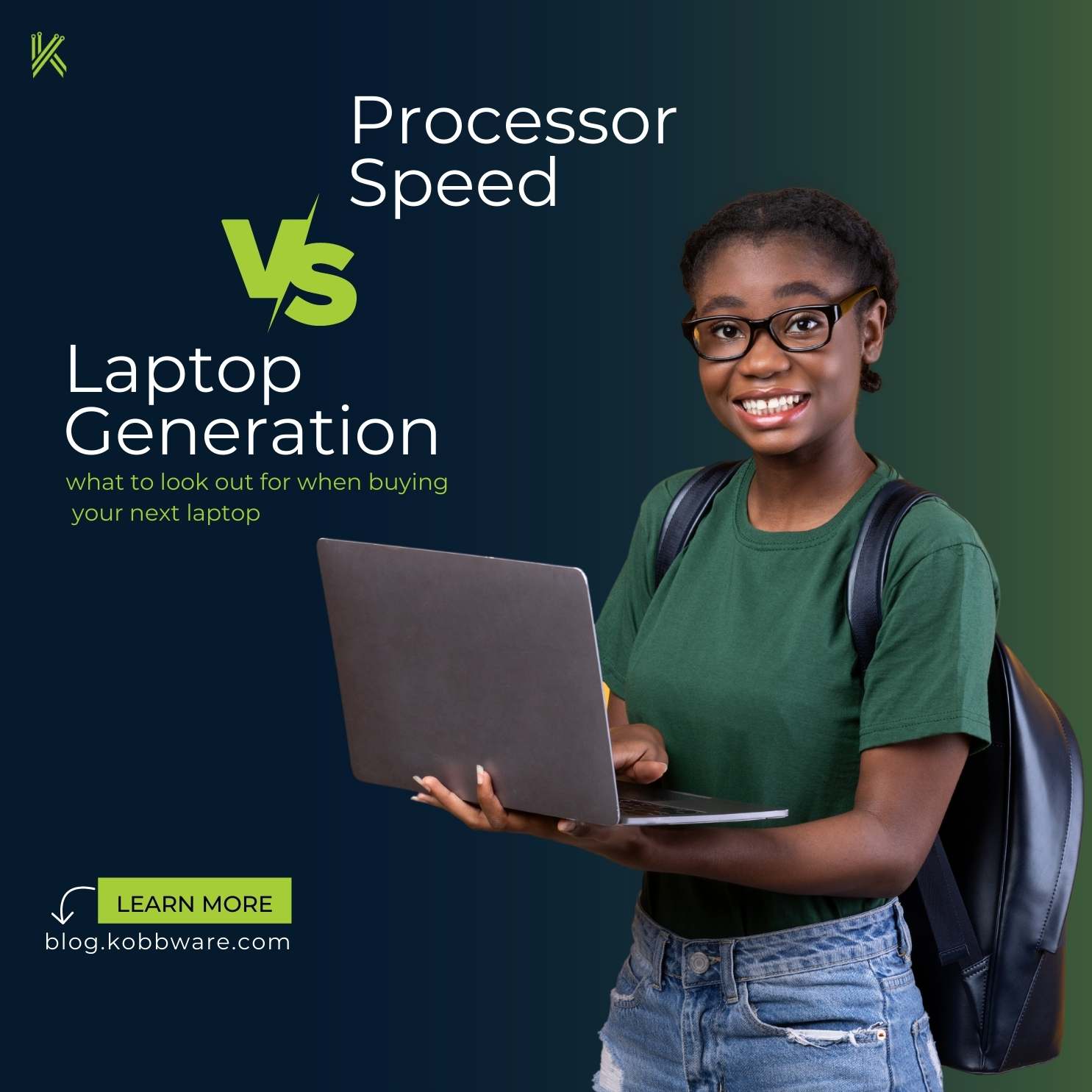Tesla's self-driving cars are equipped with some of the most advanced machine learning technology on the market. This technology allows the cars to not only drive themselves, but also to constantly improve their performance over time. In this article, we will explore exactly how Tesla uses machine learning in its self-driving cars.
First, it's important to understand that self-driving cars rely heavily on data. In order for a car to drive itself, it needs to be able to understand and respond to its environment. This means that the car must be able to recognize and interpret things like other cars, pedestrians, traffic lights, and road signs. To do this, Tesla's self-driving cars are equipped with a variety of sensors, including cameras, radar, and ultrasonic sensors. These sensors collect data about the car's environment, which is then processed by the car's onboard computer.
Once the data has been collected, it is fed into the car's machine learning algorithms. These algorithms are designed to recognize and understand the data, and to use this understanding to make decisions about how the car should respond. For example, if the car's cameras detect a pedestrian crossing the street, the machine learning algorithms will interpret this data and tell the car to slow down or stop.
One of the key advantages of Tesla's machine learning technology is its ability to learn and improve over time. As the car drives, it collects more and more data about its environment. This data is then used to update and improve the car's machine learning algorithms. This means that the car becomes more accurate and more responsive as it drives more.
Tesla also uses a technique called "fleet learning" in their self-driving cars. This is where the data collected by all Tesla's cars on the road is sent back to the company's servers and is used to improve the machine learning algorithms used in all Tesla cars. This allows the company to collect a vast amount of data from a wide range of different driving scenarios, making the technology even more accurate and reliable.
In addition to using machine learning for self-driving capabilities, Tesla also uses machine learning in various other aspects of their cars, such as improving energy efficiency, predictive maintenance, and even in the design of new features.
In conclusion, Tesla's self-driving cars use machine learning to understand and respond to their environment, allowing them to drive themselves. The technology is constantly learning and improving, and this is one of the key reasons why Tesla's self-driving cars are considered to be some of the most advanced on the market. With fleet learning and other techniques, Tesla is able to make their self-driving cars even more reliable and accurate for the benefit of all Tesla drivers.




.jpg)

Leave a comment